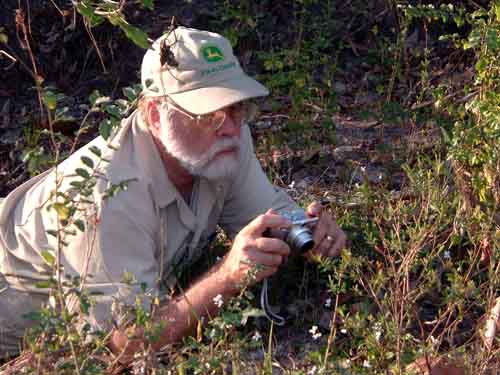The Current
One thing that helps keep the line clean is the presence of fish caught on the hooks. I baited one half of the hooks (50) last night with this in mind, and today when I ran it there were 18 catfish on it. Even with this there were places where the line was two inches thick – just from catching debris overnight. There were 14 blue cats and four channel cats, and one s
 mallmouth buffalo (Napoleon’s appetite here exceeds his abilities). When you bring these fish to the top in a current like this they sometimes spin like a whirligig held in the wind, and you see why the swivel is where it is. How in the world do these animals search and find food in a current like this? And yet, they will bite until and beyond the time you can’t fish the line anymore because it’s too tight.
mallmouth buffalo (Napoleon’s appetite here exceeds his abilities). When you bring these fish to the top in a current like this they sometimes spin like a whirligig held in the wind, and you see why the swivel is where it is. How in the world do these animals search and find food in a current like this? And yet, they will bite until and beyond the time you can’t fish the line anymore because it’s too tight.Every once in a while (hopefully not too often) a very big, and visible on the surface, piece of drift comes down the river and snags on the line. This would be a tree trunk or something like that, about 40 feet long, floating with its bottom dragging the bottom. This is a real problem and can result in losing the whole line. I have been lucky so far, and have been able to cut the line and retie it when a tree gets snagged. The process of doing that is kind of interesting, I think. Later.
The Butte La Rose gauge shows 7.5 feet, with 9.3 by Feb. 4. The Mississippi still shows some rise, but the Ohio is falling and has crested at Cairo. The pump isn’t pumping full steam yet.
Rise and shine, Jim


1 Comments:
The catfishing you do is very interesting to me. I have heard that catfish can get quite large in the Atchafalaya river. Have you recorded the weight of your largest fish? Also, is there a reason for crossing the river with the line instead of running the line with the flow of the river? Seemingly flow rate would be less of a problem.. What about other aspects such as productivity or hook-ups with passing debris?
Post a Comment
<< Home